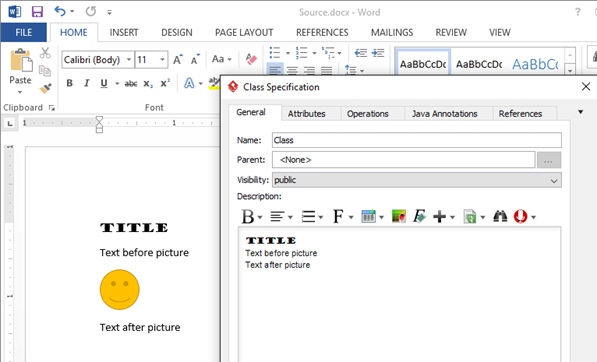How to override operations form superclass
Method overriding is a very common technique in object-oriented programming. It allows developer deliver specific implementation of a method in the subclass although it already defined by the superclass. When overriding a method the subclass replace the implementation in superclass by providing a method which exactly same as the one in superclass, i.e same name, parameter and also the return type. In Visual Paradigm you don’t need to redefine the operation in subclass to model the override. You can simply do it in one click inside the specification dialog. To override the operation: Read more


 The
The 



 If you found that the
If you found that the 